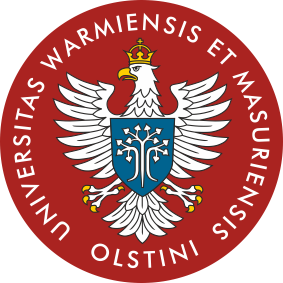Editorial
The idea of establishing a scientific journal devoted to art and the historical and social contexts of artistic culture in our cutural environment was not new. The need for such publication arose with the development of the Olsztyn artistic community and the establishment of the Art Department, which united artists and scientists . The environment of the Faculty of Arts of the University of Warmia and Mazury in Olsztyn brought together representatives of two separate and at the same time close disciplines: music and fine arts. Each of them has its own unique features, but regardless of the differences between these two realities, their essence remains unchanged: it is artistic creativity, perceived from every available perspective and with all its cognitive, social and technological consequences.
Contemporary artistic culture is a multidimensional space that combines various techniques and intellectual assumptions. In addition to traditional forms of expression, new ones are constantly appearing, based on modern technologies and socially recognized types of activity. The variety of attitudes and artistic strategies is often the reason for a cognitive dissonance between techne and episteme - the basis of artistic activity are skills, efficiency and mastery of techniques, the improvement of which requires specialization, which is difficult to reconcile with the universal and timeless message of art. In contemporary culture, this leads to functioning in a limited group of recipients and, as a result, the differentiation and isolation of increasingly atomized trends and styles. Art sciences can play an important role in this context, as they, thanks to common cognitive paradigms and the developed methodological solutions, constitute a platform for research on artistic culture, allowing the reflection on art to be placed also within the scope of interests of other disciplines of the humanities and social sciences.
We present you the first volume of the Artistic Forum: The Interdisciplinary Scientific Yearbook. The program of the yearbook is included in its name. The Forum is an open, common space, in which participation is not obligatory, but necessary if we want to enjoy social acceptance and live the full possiblities. The assumption of the authors of the yearly, the Artistic Forum is to open a space that cannot be overlooked from the artist's standpoint and anyone who is familiar with the issues of art and artistic culture. If the forum is a space for social communication, it is difficult to imagine a better place for reflection and discourse on art, because all artistic activity comes down to social communication. Even if we recognize that an artist's life requires moments of loneliness, the time of shaping his expression, building a form and a deep sense of responsibility for his work, we should also recognize that the goal of this process is, however, to enter the social space of a gallery, concert hall, market square. books, CDs, including the space of contemporary electronic media. Therefore, if we want to speak responsibly about art, we cannot limit ourselves to a closed circle of people dealing only with art. Awareness of the relationship between art and other fields of science, as well as mutual benefits and multiple consequences of such a multiplied discourse, made the publishers of the Art Forum decide that it would be advisable to include in the subtitle the assumption about the interdisciplinary nature of the yearly. With the hope that the Art Forum will become a valuable cognitive experience for you, and maybe also an inspiration for your own research, we present the first volume of works by authors associated with the Faculty of Art of the University of Warmia and Mazury.
The first volume of the yearbook is usually a presentation that tries to reflect the directions of interests and outline the methodological horizon of the research venture. The authors of this volume faced similar ambitions. Its main thematic axes are made up of works devoted to the social and historical role of art, the relationship between artistic activities and social processes, and the methods of their research and evaluation. It is also a review of the research strategies of selected authors who, in their historical research and in the analysis of contemporary phenomena, seek answers to universal questions that are important not only for a narrow group of specialists. On behalf of the authors, let me express my hope that the topics presented here will gain favorable attention and will be an inspiration for its development and deepening in the next volumes of the Artistic Forum.
Krzysztof Szatrawski

